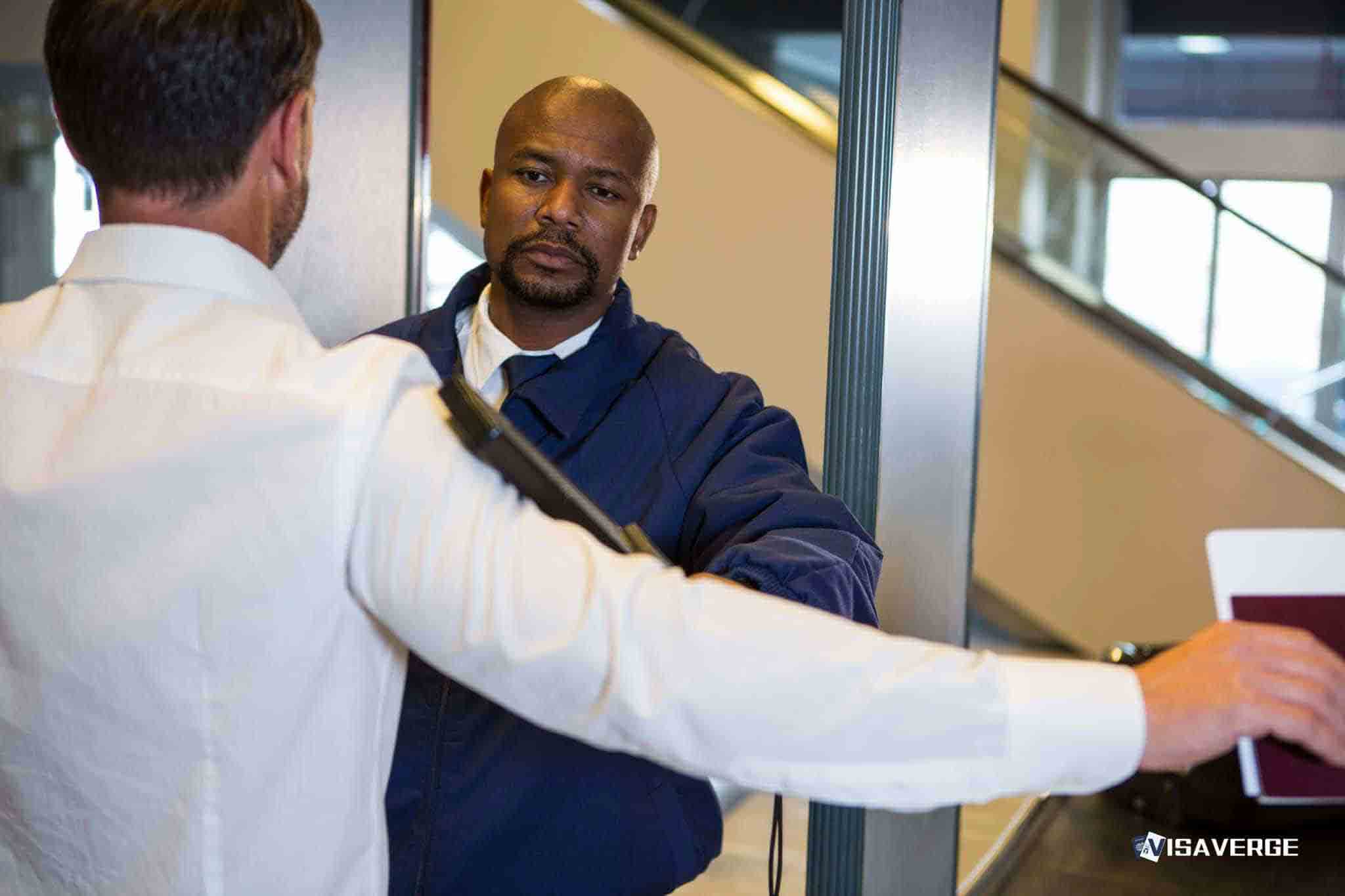(U.S. airlines are tightening their dress codes in early 2025, with Spirit Airlines rolling out one of the clearest policies in the sector. The update, effective January 22, 2025, spells out bans on provocative or inadequately covering outfits, offensive wording or images, and bare feet. It also warns that passengers can be denied boarding or removed for violations. The changes reflect a broader push by carriers to reduce conflicts onboard after high‑profile incidents in late 2024 and early 2025, and to set consistent expectations across cabins. For travelers asking what to wear besides leggings and sweats, the answer now comes with sharper lines.)
Policy changes — what’s allowed

Airlines’ rules still leave room for comfort. Jeans, chinos, or casual trousers with a T‑shirt, blouse, or button‑down are acceptable. Dresses and skirts are permitted if they provide adequate coverage and are not see‑through.
Layering is encouraged for comfort: cardigans, light jackets, or blazers help with cabin temperature swings. Shoes are mandatory on every airline; slip‑on sneakers, flats, or loafers make security easier.
- Acceptable basics:
- Jeans, chinos, or casual trousers with simple tops (T‑shirts, blouses, button‑downs)
- Casual dresses and skirts that offer adequate coverage
- Smart casual in premium cabins:
- Qatar Airways advises polo shirts, neat pants, casual dresses, and tidy footwear for business class
- Footwear rules:
- Shoes are required on board and at boarding; being barefoot is prohibited across carriers, including Spirit
- Layering for comfort:
- Cardigans, light jackets, and blazers meet most dress codes and help regulate temperature
What will get you turned away
Carriers are explicit about several restrictions that can lead to denied boarding or removal.
- Clothing likely to be refused:
- See‑through fabrics
- Crop tops that expose the chest or midriff
- Outfits that reveal buttocks or private areas
- Content restrictions:
- Clothing or tattoos with lewd, obscene, or offensive language or images
- Swimwear limits:
- Bathing suits or bikini bottoms are not permitted in cabins; Hawaiian Airlines explicitly bans swimwear
- Edge cases:
- Very short shorts or revealing sportswear may be judged inappropriate depending on staff discretion at the gate
Enforcement and traveler impact
Airlines such as Spirit have trained frontline staff to apply rules consistently, but discretion still plays a role at the gate and onboard. Recent removals tied to crop tops or offensive messages prompted clarifications.
Core standards summarized:
– Cover breasts and buttocks
– Avoid lewd or obscene graphics
– Keep private areas covered
– Tattoos that could be deemed offensive should be concealed
– Passengers who refuse to wear shoes can be barred
Southwest, American, and United use simpler language but still allow staff to refuse transport for improper attire.
Security screening considerations
The Transportation Security Administration (TSA) notes that passengers may need to remove certain footwear in standard lanes and follow screening procedures that can slow lines when clothing is bulky or layered. Checking TSA guidance before travel can prevent checkpoint delays.
Official TSA details are available on the agency’s page on security screening: https://www.tsa.gov/travel/security-screening
Practical tip: choose slip‑on shoes and simple layers that are easy to remove and rewear during inspection.
Practical packing and behavior tips
- Dress as you would for a casual workplace or family restaurant.
- Pack a light layer you can put on if staff ask for more coverage.
- Choose opaque fabrics; test tops and leggings in daylight to ensure they aren’t see‑through.
- Keep slogans simple; skip profanity, sexual jokes, or violent imagery.
- Cover tattoos that could offend, especially on arms, legs, or neck.
- Wear shoes from curb to cabin; slip‑ons help at screening and during seat swaps.
- Save swimwear for the beach; don’t board in bikini bottoms or bathing tops.
- If told to change, stay calm and comply; raise concerns later with customer care.
Real‑world consequences
Consider an international student arriving for orientation. A gate agent flags a crop top as too revealing and asks for a layer; the student has none in carry‑on. Rebooking can delay campus check‑in and a scheduled visit with the school’s international office.
Similar setbacks can affect:
– Work travelers with tight itineraries
– Families with visas tied to interview dates
To avoid delays, check your carrier’s contract of carriage before packing. Spirit’s document, effective January 22, 2025, lists detailed attire prohibitions and affirms boarding can be refused for violations. Southwest, American, and United keep broader language—properly clothed and shoes required—but gate staff retain authority to act.
How disputes are handled
Policy language matters when disputes arise. Gate agents and flight crews rely on the contract of carriage to make quick calls, and their decision can stand unless safety allows time for a supervisor review. A simple cardigan or T‑shirt usually resolves an outfit request in minutes.
VisaVerge.com reports that several late‑2024 incidents involving crop tops and offensive slogans led airlines to restate rules publicly. Expect stricter, quicker enforcement as summer travel ramps up and cabins fill; dress codes will be posted more clearly.
Key takeaway: for 2025, you have plenty of options beyond leggings and sweats — from jeans and chinos to casual dresses — so long as outfits cover private areas, avoid see‑through material, and keep messages respectful. That approach helps ensure smoother security checks, calmer cabins, and travel focused on your reason for flying.
This Article in a Nutshell
Starting January 22, 2025, Spirit and other carriers tightened dress codes: no bare feet, see‑through fabrics, crop tops, swimwear, or offensive imagery. Wear jeans or opaque dresses, layer for coverage, and use slip‑on shoes to ease TSA screening.













